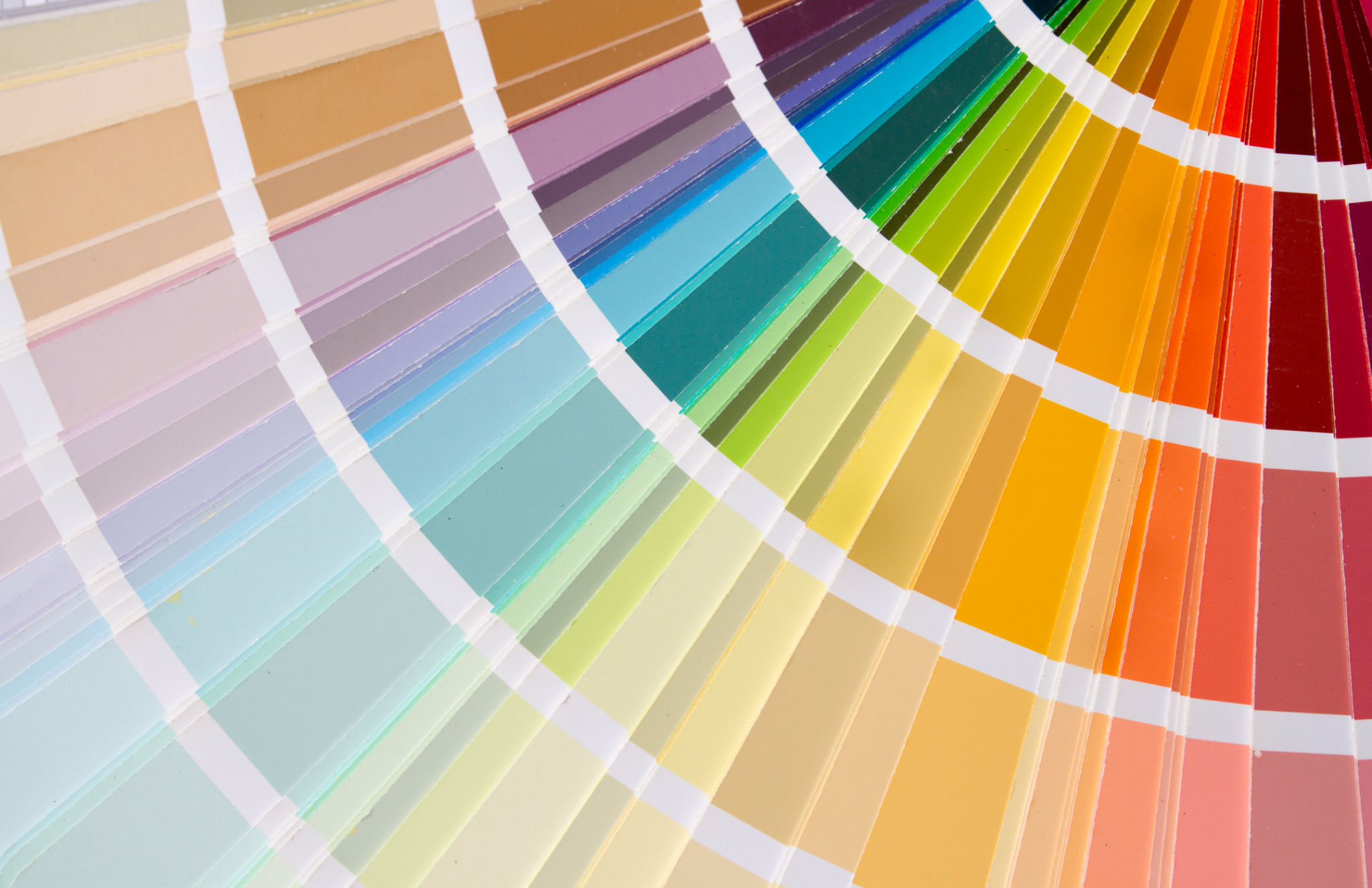Comparing Interior Design Styles: Modern vs. Traditional for UK Homes
Understanding Modern Interior Design
Modern interior design is characterized by sleek lines, minimalist aesthetics, and an emphasis on function. It often incorporates neutral color palettes, open spaces, and a blend of materials like glass, metal, and concrete. The design philosophy is rooted in the early to mid-20th century and draws inspiration from the modern art movement.
One of the key elements of modern design is its focus on simplicity. Rooms are often open-plan, with a lack of clutter and a clear emphasis on clean, straight lines. Furniture in modern interiors is typically low-profile and features geometric shapes.

Moreover, modern design tends to embrace technology and innovation. Smart home integrations and energy-efficient fixtures are commonly found, making these homes not just aesthetically pleasing but also practical.
Exploring Traditional Interior Design
Traditional interior design, by contrast, embraces a sense of history and elegance. This style is often associated with classic British homes that feature rich colors, ornate details, and a variety of textures. Traditional interiors are cozy and inviting, with a focus on creating a warm atmosphere.
Elements such as wood paneling, decorative moldings, and antique furnishings are common in traditional design. These details add a sense of depth and character to the space. Patterns like florals, damasks, and stripes are frequently used in upholstery and wallpaper.

Traditional design also places great importance on symmetry and balance. Rooms are often arranged in a way that promotes harmony and proportion, creating a sense of order and refinement.
Comparing Color Palettes
When it comes to color palettes, modern and traditional designs differ significantly. Modern interiors usually favor neutral shades such as whites, greys, and blacks. These colors help to create a clean, uncluttered look that complements the minimalist aesthetic.
On the other hand, traditional design embraces a wider range of colors. Rich hues such as burgundy, deep blues, and forest greens are commonly found in traditional homes. These colors add warmth and depth, contributing to the inviting atmosphere that is characteristic of traditional spaces.

Materials and Textures
The choice of materials also varies greatly between modern and traditional designs. In modern interiors, materials like glass, chrome, and concrete are prevalent. These contribute to the sleek and polished appearance that defines the style.
Traditional design favors more natural materials such as wood, stone, and fabric. The use of these materials adds texture and warmth to the space. Fabrics like velvet, silk, and wool are commonly used for upholstery and drapery.
The Role of Accessories
Accessories play different roles in modern and traditional interiors. In modern design, accessories are kept to a minimum to maintain the clean lines and open spaces that are so important to the style. Art pieces and sculptures are often selected for their impact and simplicity.
In contrast, traditional interiors often feature an array of accessories that add to the room's character. Items like vases, lamps, and framed artworks are used to create layers of interest and personality.
Choosing the Right Style for Your Home
Deciding between modern and traditional interior design depends largely on personal preference and lifestyle. Consider what elements resonate with you and your family. If you appreciate clean lines and innovative technology, modern design may be the way to go. Alternatively, if you value warmth, history, and comfort, traditional design might be more suitable.
No matter which style you choose, understanding the key elements of each can help you create a cohesive look that reflects your tastes while enhancing the unique charm of your UK home.
